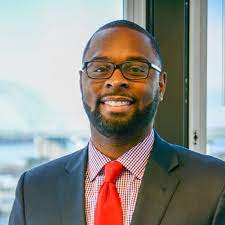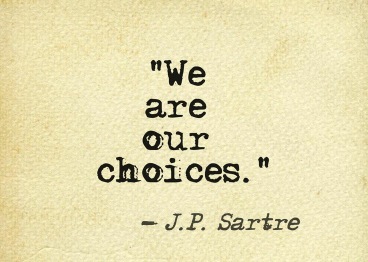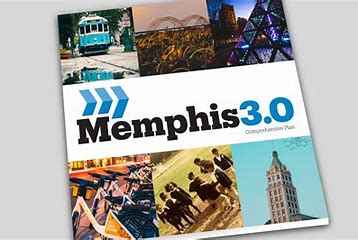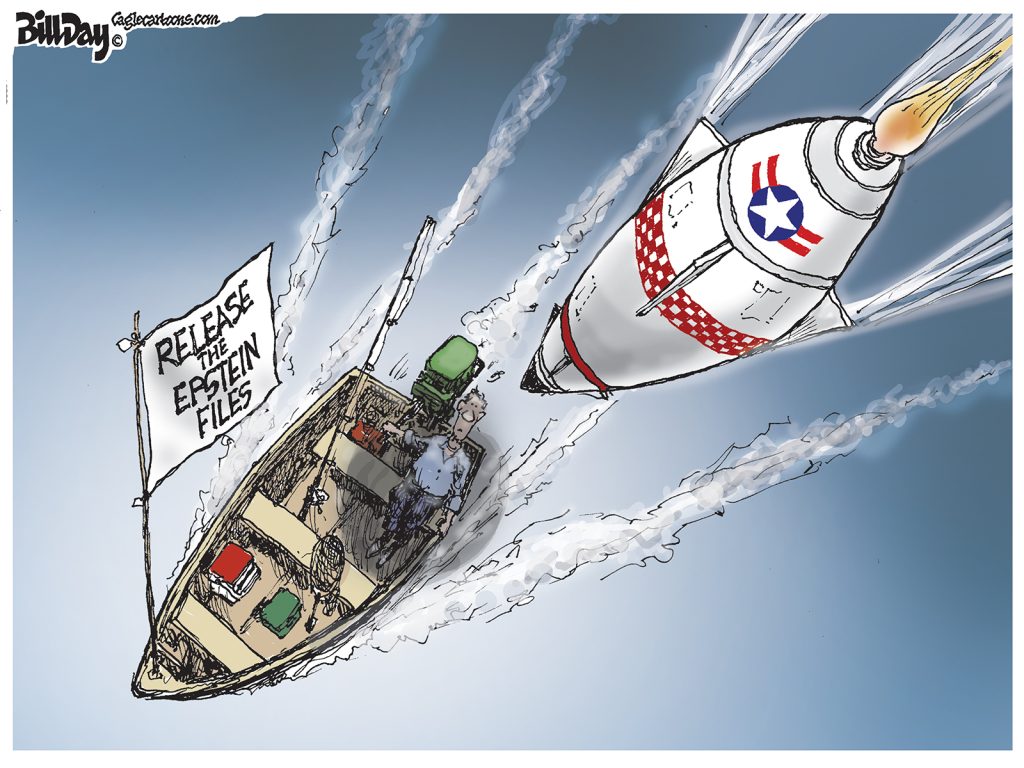Today is a holiday for Memphis city government employees but for Mayor Paul Young, there has been no respite in the 512 days since he was sworn in as the city’s 65th mayor. They have been anything but a holiday for him.
Although he projects the image of the happy warrior, it’s hard to imagine that he foresaw all the stressful machinations that go with managing a large municipal government, inspiring a major diverse city, and finding solutions to its thorniest problems.
Unfortunately, for him, there are no signs that things will be easing up anytime soon. Although his reelection is more than 1,200 days away, it feels like every day is a campaign to improve public sentiment and convince the three out of four Memphians who voted against him to change their opinions.
There are days when it must feel like the walls are closing in on him: there are problems on all sides and where there is progress, as in reducing crime, the drumbeat of “if it bleeds it leads” on the nightly news influences public opinion more than any pronouncements of progress from the mayor.
Then, too, for some of us of a certain age, it is hard to remember when Memphians were as negative about their city as they are today. The visceral negativity in comments on The Daily Memphian to the social media accounts of television news to the blowback on some community activists who cite their organizations’ progress in dealing with the city’s most challenging issues.
Combatting Crime and Perceptions
Chief among them is crime. Research has shown that the public perception about crime is driven more by news media coverage than by actual facts and political speeches. With media budgets getting tighter and staffs shrinking, it is simpler and less expensive to concentrate on crime reporting, posting mug shots, and murder and mayhem headlines. It’s an unusual day when there are not mugshots on most news sites (Local 24 is an exception) home pages, and it’s easy to see why some critics call this kind of coverage “lazy journalism.”
For example, when there is progress in reducing crime, you get a headline like this on WREG-TV that essentially questioned any positive news (my italics): “(Memphis Shelby Crime) Commission report claims decline in violent crime.”
Lost in the fire hose of provocative and goading coverage is the fact that in the first three months of this year, major violent crime is down 9% and major property crime is down 19.5%. That follows up a 13.8% decrease in 2024 in citywide crime from the record highs of Mayor Jim Strickland’s final year in office. The decline last year was highlighted by a drop in murders by 30%.
No one is doing victory laps, especially Mr. Young, but the trend line is headed in the right direction. Then too, it’s hard to cut through negative public perceptions when the head of the FBI director Kash Patel claims that he’s coming to Memphis’ aid because it has the highest per capital homicide rate in the country.
Although it’s another example of the fact-challenged Trump Administration, the mayor was roasted in some quarters for not standing up to the Patel attack or correcting his faulty data; however, poking the bear is rarely a good idea when one has the federal government resources behind him, not to mention it’s a federal government which has vilified majority African American cities and takes every opportunity to trash talk one it sees as “Democrat controlled.”
For this reason, the mayor’s pro forma response welcoming any help to fight crime was politically smart. Nothing good could happen if Memphis becomes a target for truculent Truth Social and FBI social media posts.
Crime and Taxes
Meanwhile, The U.S. Department of Justice closed its investigation into the patterns and practices in which Memphis Police Department is regularly violating the civil rights of Memphians. Mayor Young asserts the DOJ decision will not stop his own program to reform policies in Memphis although he has appeared to pay a price for his support MPD Chief C.J. Davis. In the wake of the trial of police charged with Tyre Nichols killing, the mayor’s comments that he’s working to “rebuild trust between police and the community” and it’s time for the city “to heal” resulted in considerable social media blowback from Memphians looking for stronger words condemning the practices that attracted the Biden DOJ in the first place.
The dichotomy from the Trump Administration was striking. One day the president of the United States is using white supremacist propaganda and easily disproven “facts” to claim genocide of white farmers in South Africa. In other words, while the federal government was embracing yet another conspiracy theory to shape federal policy because of concern about white people, it was shutting down a federal investigation in Memphis whose purpose was to protect Black people.
But crime is but one of the issues pressing Mayor Young’s standing. There’s also his City of Memphis proposed FY26 maintenance budget that cries out for a small tax increase to better fund services.
The city tax rate will dramatically decline this year because of reappraisal that shows a 34% increase in property valuation inside Memphis. In other words, after adopting the certified tax rate, City Council could adopt a tax increase of 10-15 cents or so and the new city property tax rate would still be about a dollar less than last year.
More about the reappraisal and tax rates can be found in the May 19 Smart City Memphis blog post: Tax Rates Lower, Tax Bills Likely Higher.
Budget Drama
Mr. Young did not ask for a tax increase this year and seems content in moving forward without one, but pressures are building, especially when Memphis City Council last Tuesday approved a $39 million increase in employee salaries without warning or discussion.
The vote cast a pall over the next day’s budget committee meeting (which may resume June 2 with wrap-up during the week of June 10 and adoption of the budget June 25) and featured several attempts by Committee Chairman Chase Carlisle and Mayor Young trying with mixed results to preach the virtues of budgetary discipline.
Besides the $39 million shock to the budget, some Council members want to use the dubious way of balancing the budget by simply jacking up revenue projections. This “stick a finger in the air” approach and its revenue shortfalls have caused problems with city budgets in the past. One idea led the mayor to it “this is poor budgeting” and “bad budget practice.”
That said, City Council has the last word since they set the tax rate and approve the budget. But if just the salary increases remain in the budget, there are limited options: increase taxes or fees or cut the budgets for other departments and city services.
The City Council Budget Committee has tentatively set another meeting on June 3 and June 4, if needed, with adoption of a new budget aimed for end of June.
Political Tightrope
If that wasn’t enough, the mayor is caught in an uncomfortable political position related to Elon Musk’s xAI supercomputer Colossus and Colossus 2. With active environmental and South Memphis opposition and the project’s sleight of hand approach, the mayor is caught in a crossfire between Greater Memphis Chamber cheerleading and the grassroots hostility in defending a project by the world’s richest man against an underserved neighborhood led by the charismatic Tennessee Representative Justin J. Pearson, who leverages his national political profile to fight the environmental racism confronted by residents in the supercomputer’s neighborhood for many years.
Then there’s the issue of whether associating Memphis’ future with Elon Musk and his petulance, unhinged conspiracy theories, erratic behavior, and tendency to ignore local regulations is ultimately a good look for the city in its headlong pursuit to become the “Digital Delta.” (It would have been good if someone had come up with an alliterative name that had Memphis in it rather than associating us with the Delta.)
It’s become a tightrope for the mayor to balance comments calling the project “a tremendous opportunity” for Memphis’ economy and praising the new tax revenue city government will receive from it without sounding like he’s disregarding grassroots concerns. It’s a risk that means that the wounds that are likely to result from this fight run the risk of metastasizing into a festering political problem that could remain when he runs for reelection.
Supporters of Mayor Young are hoping that the election of a new Shelby County Mayor will be a political distraction for Memphians from City Hall travails. The Democratic and Republican primary for the office will be held May 5, 2026, with the general election several months later. There’s likely to be a spirited and competitive race for the county mayor’s office which might prove a diversion from city government politics.
What the mayor has learned is that being city mayor is much more complex and pervasive than anyone can foresee and much harder than being Shelby County mayor which he observed when he worked as director of legislative affairs for county government.
Political momentum can change in a heartbeat and if crime continues to decline, that budgets remain manageable, and if his “An Era of Yes” mantra is persuasive enough to position him strongly by the next election for Memphis mayor two and a half years from now in October, 2027. Most of all, he needs to look more unbeatable to avoid the kind of race he had in 2023 – the one with 17 candidates and a 27.6% winning vote.
**
These commentaries are also posted on the Smart City Memphis Facebook page and on Instagram along with occasional articles, reports, and commentaries that are relevant to Memphis.






